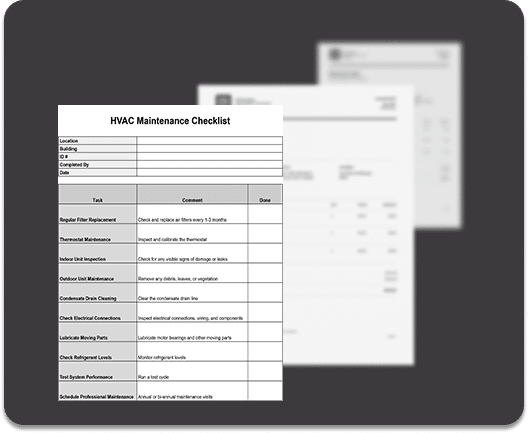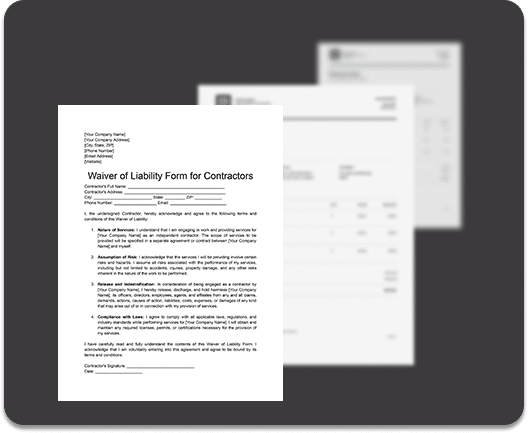Create a career path program and improve retention dramatically.
Advancement opportunity is essential to employee engagement which is a major factor in retention.
Therefore, a career paths program can fuel growth. And you’ll improve your culture as an added bonus.
What is a Career Path?
A career path is an advancement roadmap with short- and long-term benchmarks. It maps the route an employee takes from a lower-level position through successive roles to arrive at their ultimate goal.
Each employee’s career pathway will be somewhat unique, but it will be achievable in your organization.
Why Should Our Company Create Career Paths?
Career paths help you:
How Do You Create Career Paths?
1. Update Your Organizational Chart
First, if you don’t have an org chart, create one. If you have one, make sure it’s up to date.
An organizational chart is a diagram that shows how your company is structured. It’s a graphical representation of the hierarchy and relationships.
Your company may have a traditional structure, flat structure, or something in between.
Secondly, align your org chart with your business plan. Are you adding products and services? Are you expanding into additional markets? You may need to add positions/teams/departments you don’t currently have.
2. Define Job Positions
Now that you have an org chart, starting with each job description, list the key responsibilities. Then, add the education requirements, certifications and hard/soft skills.
Be thorough and detailed. Look at the recent projects completed to make sure you haven’t missed any competencies. In addition, include the KPIs for each position. How do you measure success? Consider the high achievers in each role. For example, what qualities make them effective?
This exercise is also called job profiling and may identify if a job description fits into a career cluster. Career clusters are also called job families and are a grouping of jobs that have similar characteristics or common features.
3. Track a Roadmap For Each Skills Track
When you’ve defined your job positions, now it’s time to look at the bigger picture. Create the roadmap(s) or professional paths for each department, team, or business function. How does an entry-level employee advance through roles? What horizontal moves are necessary? How can you accommodate different personality types?
For example, in an HR job family, HR assistant might be an entry-level position. In the progression of jobs, an employee may serve as a benefits specialist, recruiter, and assistant director of Human Resources before becoming a CHRO.
Keep in mind that there won’t be one path that connects each role to an advanced role. If you don’t have highly specialized job roles, you will potentially have many more career paths. This can be a great strength and help each employee find the specific career that’s right for them. Many will include one or more lateral moves.
4. Identify Training Needs
The next step is to assess whether you can bring employees along the path. Start with documenting the in-house and outsourced training programs in place.
Can your employees advance up the ladder with what you have?
- Is mentorship with peers or leaders an important part of your culture?
- Do you provide continuing education?
- Review exit interviews. Why do employees quit your company?
- Survey your staff. What type of training do they want?
- Which departments recruit internally? Which departments hire outside?
5. Create Training and Development Programs
Clearly, if you haven’t invested heavily in training, this part will require the most time and resources.
This is the actionable part of your Career Path Program. Identify needs and create a timeline for implementation.
Of course, you may have to disrupt the status quo to provide career development. But that’s the whole point!
Incorporate your vertical growth programs with your business plan. Once that’s done, you can build it into your budget.
If you are successful, you will create what Gallup calls a ‘coaching culture.’ This is what sets great companies apart.
6. Document Your Career Path Program
Let’s review. At this point, you should have the following:
- Organization Chart
- Job Role Profiles
- Mentors
- Career Paths/Roadmaps
- Training Schedules
7. Map Each Employee’s Career Path
Now you can put your Career Paths Program to work. For new hires, you will do this during onboarding. And with existing employees, their managers will do this during performance reviews.
During the career mapping meeting, managers should discuss the employee’s short- and long- goals and expectations. That means you’ll need to train your managers if they don’t explore career paths with their reports. Managers should assess their performance and discuss the sequence of jobs going forward. Make sure your managers schedule ongoing training. Include the career map and career opportunity in the employee’s files.
Career Paths Are Dynamic
Career goals can be fluid and rarely follow a straight line. Typically, employees discover new interests and aptitudes that influence their career possibilities.
Also consider your company’s roadmap. You may diversify or pivot. Stay flexible so your Career Path Program can evolve. In addition, review it frequently and update as necessary.
Incorporate Your Program
How do you make your Career Path Program part of your company culture? It’s starts with recruiting and continues throughout the employment life cycle.
How a Career Path Program Shapes Recruiting
The career roadmap is now intrinsic to each job description.
Discuss your Career Path Program in job interviews. It should be front and center, not an afterthought.
New hires in mid-career positions (such as management) will have traveled part of their career pathway with former employers. This improves how hiring managers evaluate job applicants. And it will help your recruiting team craft better job postings.
How a Career Path Program Shapes Onboarding and Training
During onboarding. show examples of career paths for the position. If your business is large enough to have a dedicated career counselor, that person should spend some time with each new hire in the first week or two. Make sure each new hire knows the possible roadmaps for their position. They will begin employment knowing you will invest in their career progression. Imagine how this can instill confidence from the outset!
How a Career Path Program Shapes Performance Reviews
Align career goals with performance review benchmarks. If your performance reviews have been unstructured, now’s the perfect time to formalize them. Your career roadmaps will guide you. (They are maps, after all.)
An HRMS Streamlines Career Path Programs
The best way to create and manage career development is with a Human Resource Management System (HRMS). An all-inclusive software solution helps you manage career paths throughout the employee lifecycle.


















